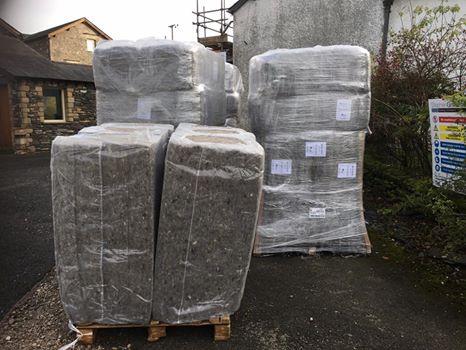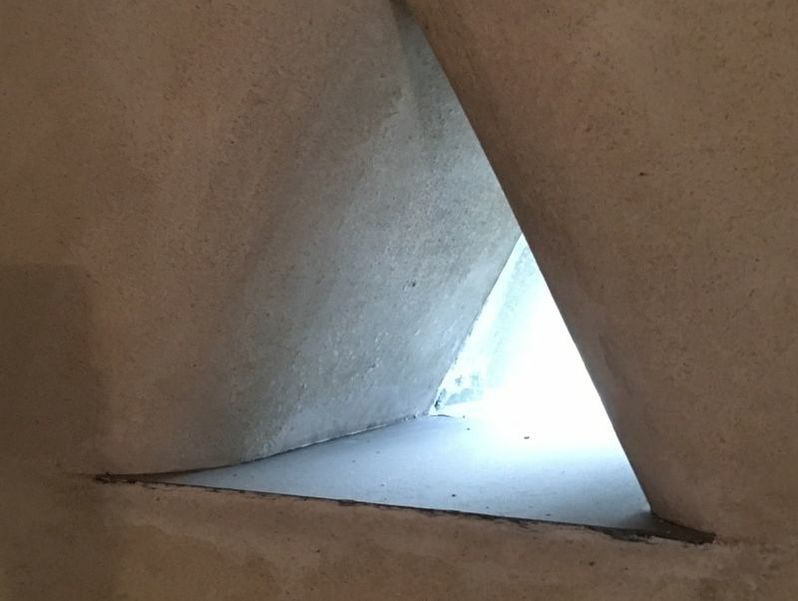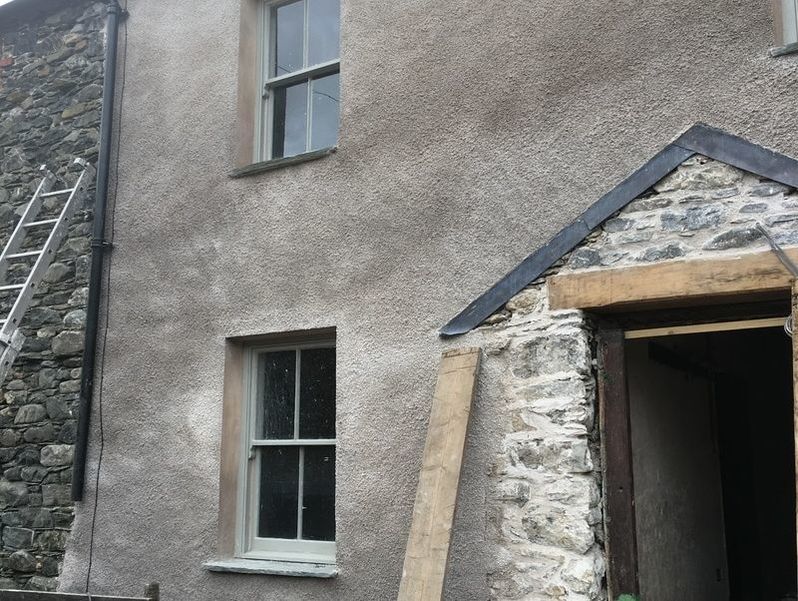Natural Materials Can Help

Natural Materials Are Lower In Toxins

Natural Materials Can Remove Toxins

Natural Materials Offer Functional Breath-ability
When our buildings are healthier we stand a better chance of achieving robust health. Our home should be our sanctuary; a place for rest and rejuvenation. These are the places where we, eat, sleep, wake and bring up our kids.
The EPA estimates that people spend up to 90% of their lives in buildings. Modern buildings are now constructed with almost entirely with materials that are synthetic, chemically processed or treated. Most architects, builders and building owners don’t know what building materials are made from and what potential impact they could have on our health.
The chemicals in building materials are as invisible as greenhouse gases and can be equally as dangerous. Most people care about the healthiness of the food they eat, the drinks they consume and ensure they move their bodies to achieve better health but never consider the toxic burden in their home.
Most chemicals used in building products are not tested for their impact on human health. And there are certainly no studies that consider the combination of multiple toxins that can build up in an average home.

Natural Materials Are Lower In Toxins

Natural Materials Can Remove Toxins

Natural Materials Offer Functional Breath-ability
The majority of everyday chemical exposure occurs through the air we breathe in our homes, offices, schools and other indoor environments. These airborne chemicals are commonly referred to as volatile organic compounds (VOC's).
‘’For years, the chemical composition of most buildings products—from concrete to carpet—has been kept secret. Not even the manufacturer always knows that hazardous ingredients are present. Without full disclosure, it has been virtually impossible for anyone— builders, architects, specifiers and building owners—to know which building products contain materials that are potentially harmful to health.’’ Healthy Building Net
It's hard if not impossible to wade through the information and resources to ensure the materials being used on your build are appropriate for maintaining human health.
By making better use of these materials we not only reduce the source of VOC, formaldehyde and other toxic substances but we increase the capacity of the building to help remove them. Clay and sheep’s wool have both been shown to actually remove VOC’s and formaldehydes from the air!
Another increasingly common issue is mould in our homes. Poor building techniques, modern materials, incorrect or poor ventilation and the incorrect application of modern building materials to traditional properties can lead to mould build up in our homes.
Mould toxin exposure has been linked to many health issues including an increase in allergies and asthma. Ensuring the design is good, the materials are appropriate for the building fabric and use and the home is correctly ventilated is essential to preventing this health harming substance.
Green GuardVolatile organic compounds are chemicals used to manufacture and maintain building materials, interior furnishing, cleaning products and personal care products. ... "Organic" means these chemicals are carbon based. The term "chemical emissions" refers to VOCs as they evaporate into the air from products. Studies by the U.S. Environmental Protection Agency (U.S.EPA) and other researchers have found that VOCs are common in indoor environments and that their levels may be two to a thousand times higher than outdoors. There may be anywhere from 50 to hundreds of individual VOCs in the indoor air at any one time. Some may produce objectionable odors at very low levels, but many have no noticeable smell. Many VOCs are irritants and can cause headaches, eye, nose and throat irritation and dizziness. Long-term exposure to certain VOCs may lead to chronic diseases or cancer. At high concentrations, some VOCs are toxic. Green Guard
Many building materials release formaldehyde. The worst culprits are: Pressed wood products like interior grade plywood, particleboard, medium density fiberboard (MDF) Urea-formaldehyde foam insulation, paints, adhesives, varnishes and textiles. Formaldehyde is a pungent-smelling gas that irritates eyes, nose, throat, and lungs. It can also trigger asthma attacks, and it is a carcinogen. Some individuals experience nausea and difficulty breathing at 0.1 ppm. New homes can have more than 0.3 ppm. Some individuals become sensitized to formaldehyde and have symptoms at very low concentrations. Green building elements.